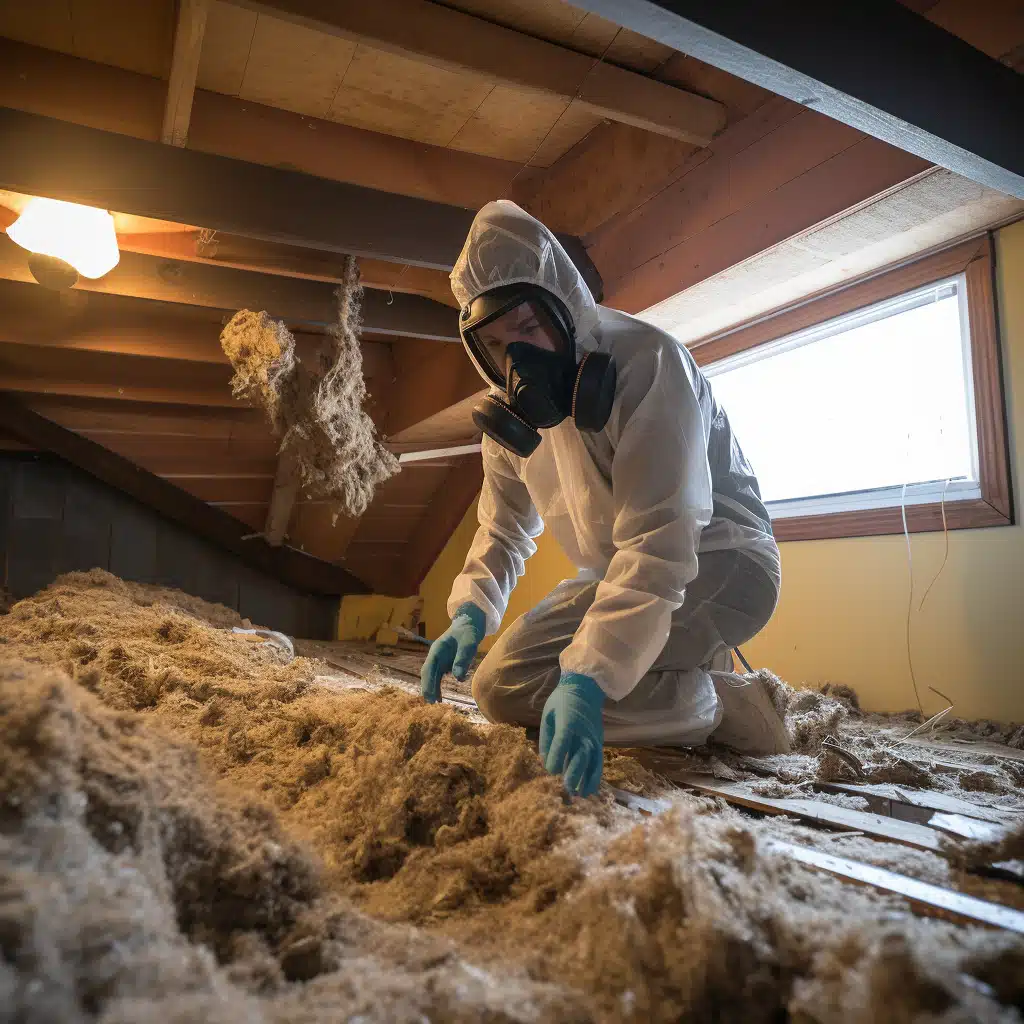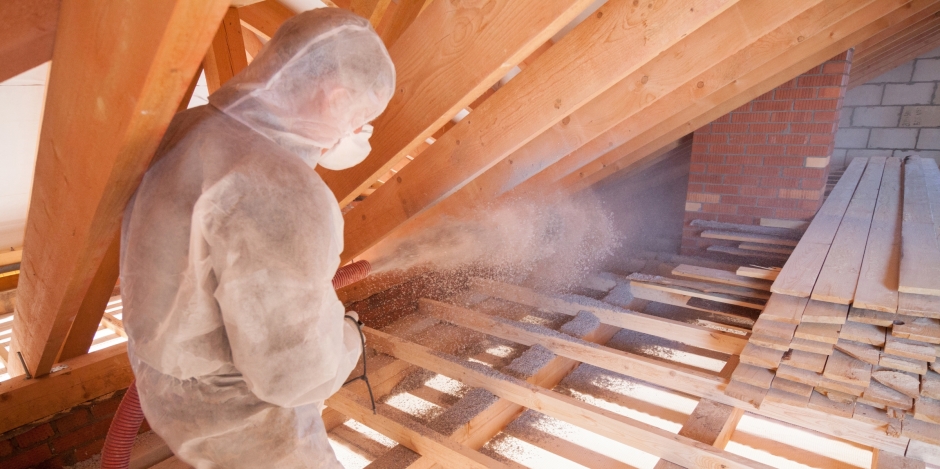The Ultimate Guide to Choosing the Right Attic Insulation DFW Services
Wiki Article
Discover the Different Kinds of Attic Insulation and Their One-of-a-kind Advantages for Your Home's Energy Efficiency

Fiberglass Insulation
Fiberglass insulation is among one of the most frequently made use of products for attic room insulation because of its superb thermal performance and cost-effectiveness. Made up of little glass fibers, this material efficiently traps air, creating a protecting obstacle that helps preserve regular interior temperatures. Its high R-value per inch makes it especially efficient at withstanding warm transfer, which is important for energy conservation in homes.
Setup of fiberglass insulation is fairly uncomplicated, commonly readily available in batts or loose-fill kinds, accommodating various attic arrangements. Furthermore, it is non-combustible and immune to wetness, reducing the threat of mold advancement. This resilience adds to its long life, making fiberglass a sensible long-lasting investment for homeowners.
In addition, fiberglass insulation is commonly made from recycled products, which boosts its eco-friendliness. The material can additionally add to soundproofing, reducing sound transfer between areas. While it is important to put on safety gear during setup to avoid irritability from the fibers, the general advantages of fiberglass insulation, consisting of power savings and ecological considerations, make it a preferred choice for enhancing attic performance and advertising a comfortable living setting.
Spray Foam Insulation
Spray foam insulation is an extremely effective alternative for attic room insulation, known for its premium air securing and thermal efficiency. This cutting-edge insulation product is composed of a combination of isocyanate and polyol resin, which, when incorporated, broadens swiftly to fill up voids and dental caries in the attic room area. Its ability to abide by numerous surface areas ensures a continual obstacle against air leaks, considerably decreasing warm loss during colder months and heat gain throughout warmer periods.Among the vital benefits of spray foam insulation is its high R-value per inch, which suggests it supplies outstanding thermal resistance in a relatively thin application. This is especially advantageous in attic rooms where space is frequently restricted. In addition, spray foam can help lessen dampness buildup, minimizing the threat of mold and mildew growth, which can be damaging to both the structure and interior air quality.
While the first price of spray foam insulation may be more than traditional options, its long-term power savings, coupled with enhanced convenience and improved home value, make it a rewarding investment for home owners seeking enhanced power performance. Attic Insulation DFW. In general, spray foam insulation stands apart as a reliable service for enhancing attic insulation
Cellulose Insulation

Cellulose insulation is a prominent selection for attic room insulation, mostly composed of recycled paper items treated with fire resistants. This environmentally pleasant alternative is understood for its excellent thermal performance, successfully lowering warmth transfer in both summer and cold weather. The thick make-up of cellulose enables it to load gaps and voids in attic areas, offering a smooth obstacle against air leakages.
One of the considerable benefits of cellulose insulation is its capacity to resist mold and mildew and parasites, owing to the fire retardant treatments made use of throughout manufacturing. In addition, it flaunts a high R-value per inch, which translates into remarkable energy efficiency. House owners can expect reduced heating & cooling costs as an outcome of improved insulation.
Installation is usually accomplished through blowing loose cellulose right into the preferred area, allowing for a effective and quick procedure. This technique additionally decreases disruption to the existing structure. In addition, cellulose insulation has a relatively low ecological influence, as its manufacturing process uses recycled products, contributing to sustainable building practices.
Rock Woollen Insulation
Among the various alternatives for attic room insulation, rock wool, likewise referred to as mineral woollen, sticks out because of its excellent thermal and acoustic performance. Made from all-natural or recycled materials, rock woollen is developed by thawing rock and rotating it right into fibers, leading to an item that supplies exceptional insulation residential properties.Among the considerable benefits of rock woollen insulation is its high R-value, which indicates its performance in resisting warm flow. This particular not only improves energy efficiency but also adds to preserving a comfortable interior temperature level year-round. Additionally, rock woollen is inherently fire-resistant, making it a more secure choice for homes as it can stand YOURURL.com up to heats without melting or launching poisonous fumes.
Furthermore, rock wool insulation succeeds in soundproofing abilities, effectively decreasing sound transmission between spaces and from outdoors sources. Overall, rock woollen insulation gives a detailed solution for enhancing energy performance, safety and security, and comfort in property setups.
Radiant Obstacle Insulation
Radiant barrier insulation works as an efficient remedy for decreasing warmth transfer in attic rooms, specifically in warmer climates. This sort of insulation jobs by mirroring radiant warmth far from living spaces, consequently reducing the amount of heat that goes into a home during heat - Attic Insulation DFW. Commonly composed of a highly reflective material, such as aluminum foil, glowing barriers are set up in attics, encountering the roofing, where they can obstruct incoming warmth from the sunThe primary advantage of glowing obstacle insulation is its capacity to reduced cooling costs. By reflecting warm as opposed to absorbing it, radiant obstacles can help maintain a more secure interior temperature, decreasing the workload on cooling systems. This performance translates into reduced power bills and boosted comfort for home owners.
In addition to energy financial savings, radiant barriers can also contribute to boosted interior air top quality. By lowering heat accumulation, they assist reduce humidity degrees, which can protect against mold growth and improve total air circulation. When set up correctly, glowing barrier insulation can be a very useful addition to any type of energy-efficient home, making it a worthwhile consideration for house owners seeking to boost their attic room insulation approach.
Final Thought
In conclusion, comprehending the numerous kinds of attic room insulation-- fiberglass, spray foam, cellulose, rock woollen, and glowing obstacles-- enables homeowners to make enlightened decisions pertaining to power effectiveness. By picking the proper insulation product, significant decreases in energy costs can be attained, along with enhancements in interior comfort.

In final thought, recognizing the various types of attic room insulation-- fiberglass, spray foam, cellulose, rock woollen, and radiant barriers-- enables home owners to make informed decisions pertaining to power performance.
Report this wiki page